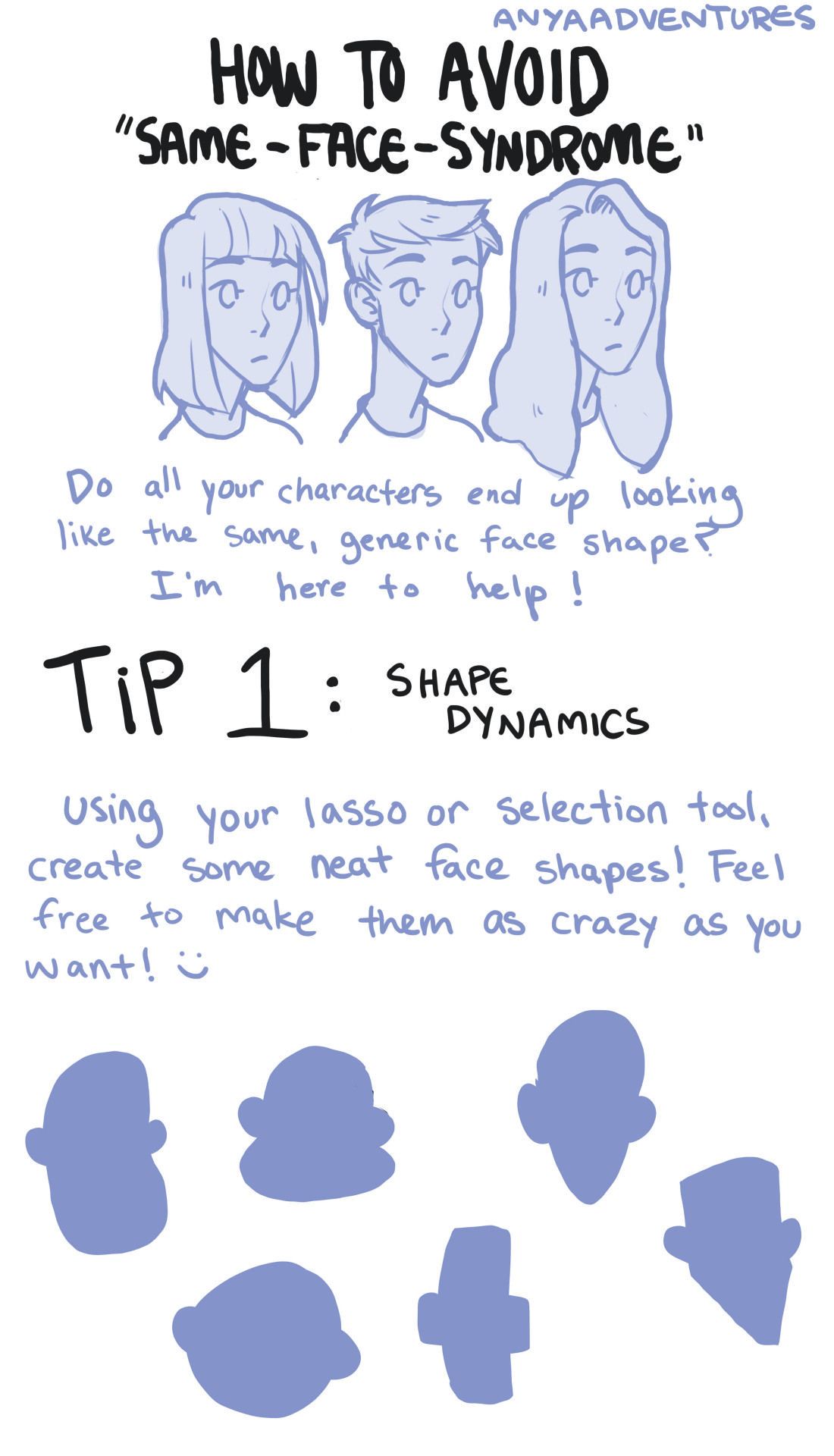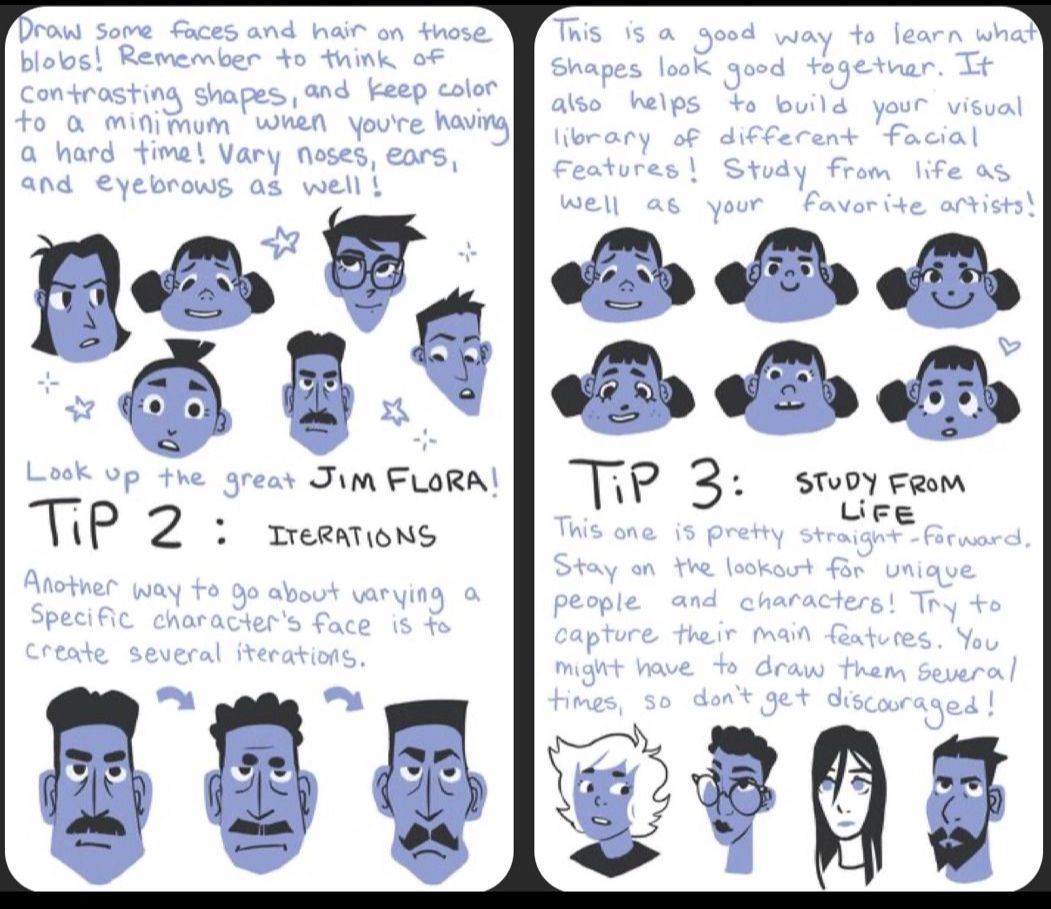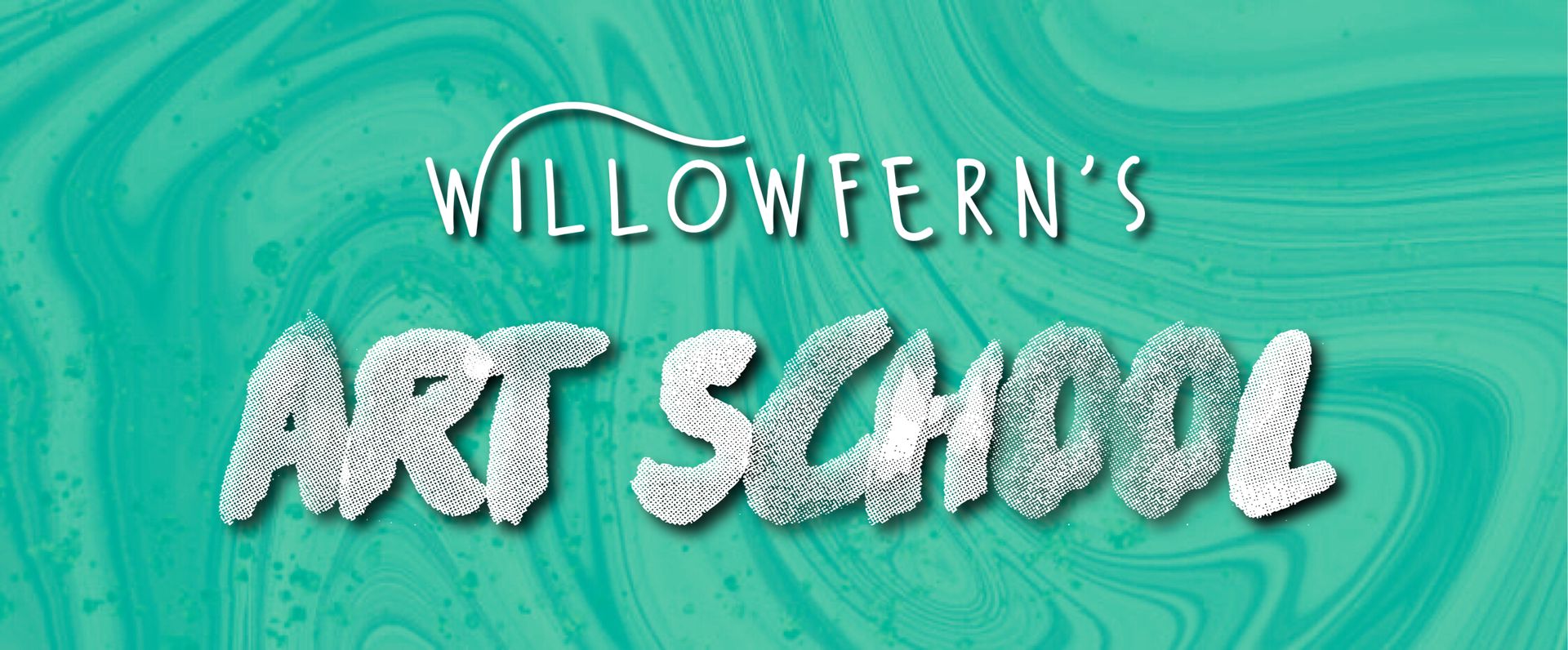𝐔𝐧𝐢𝐭 𝐎𝐧𝐞, 𝐋𝐞𝐬𝐬𝐨𝐧 𝐓𝐡𝐫𝐞𝐞 🎨
Intro
Alright. In the previous lesson, I talked on and on about simple sketches. But as I said in that lesson, this is only a very small portion of the sketching process. After the primary sketch comes the refining, and refining can take a long time.
Body Shapes
Everything that you will ever draw is made of shapes. I already covered this in the previous lesson, so I won't waste time on the basics. You know what shapes are. A clock is a circle. A piece of pizza is a triangle. Your phone/computer/iPad is a rectangle. Shapes. They are everywhere.
The shapes that make up an object or animal are is something very important to consider when you are creating a drawing, especially in the sketching phase. Have you ever heard of same face syndrome? If not, it's basically when you can only seem to draw on type of face, or the features a seriously lacking in variety. Below I will put this really good chart that I found on Pinterest:


I absolutely love these tips. Same face syndrome not only applies to the facial features, like the nose and eyes, but the overall shape of the head as well. And you may be sitting there thinking, "But I don't draw people! This doesn't apply to me!" But it does apply to you. If you draw something like, say, dragons; you don't want all of your dragons to look exactly the same, do you? Of course color can help distinguish different characters, but it's better to give each character their own unique silhouette and body type as well.
Flipping Your Canvas
Flipping your canvas. Ah yes, one of my manly art life savers. This is pretty simple.
Most drawing programs should have this function. I'm not super experienced with a whole lot of programs, but I know Procreate, Autodesk Sketchbook, and Photoshop all have this function. You may have to do a bit of Googling to figure out how this works, but It's not complicated once you find the right button.
And the best part is, even traditional artists can do this! Try putting your paper up to a window of another source of light, like a light box. It should show you what your drawing would look like in reverse! You can then analyze what needs to be adjusted and tweak as much as you'd like.
But why would you want to flip you canvas? Think of it like this: you've been staring at your screen for almost four hours, trying to get your character's pose just right. They are leaning against a wall whilst toasting at a party. You've had your eyes glued to the screen for so long that it's becoming very difficult for you to tell exactly what's bugging you about the pose. So, you flip the canvas.
And boom. All of the imperfections fly out at you. After a bit more tweaking, it's finished, and looking much better.
Sometimes when you stare at something for too long, your brain becomes almost numb and increasingly disinterested. Flipping your canvas fives you a fresh perspective and can help you adjust your drawings for the better.
Posted on Monday, Feb. 22

Bạn đang đọc truyện trên: AzTruyen.Top